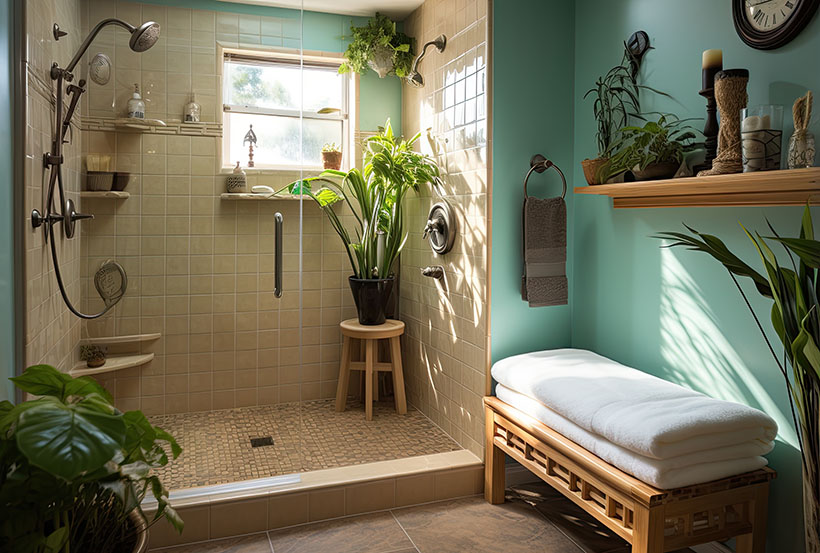With more awareness of what it means to live a sustainable lifestyle, every aspect of our homes comes into focus. One area that often goes unnoticed but holds tremendous potential for sustainability is our plumbing systems. By incorporating green plumbing solutions, homeowners can not only reduce their environmental footprint but also save on water and energy bills. Let’s explore some eco-friendly plumbing options that can transform your home into a more efficient and environmentally conscious space.
Low-Flow Fixtures
Low-flow fixtures are a simple yet effective way to conserve water without sacrificing functionality. These fixtures, including faucets, showerheads, and toilets, are designed to limit water flow while maintaining high performance. By installing low-flow fixtures, homeowners can significantly reduce their water consumption. According to the Environmental Protection Agency, these fixtures can save up to 60% of water usage compared to traditional fixtures. This not only conserves water but also lowers water bills, making it an ideal solution that both the environment and your wallet can thank you for.
Energy-Efficient Water Heaters
Water heating likely accounts for a significant portion of your home’s energy consumption. By switching to an energy-efficient water heater, homeowners can make a substantial impact on their energy usage. Tankless water heaters, for example, heat water on demand, eliminating the need for a tank that’s constantly heated. Like the previous example, this results in less energy waste and lower utility bills. Heat pump water heaters are another excellent option, as they use electricity to move heat from the air or ground to heat water rather than generating heat directly. These innovations not only save energy but also reduce greenhouse gas emissions.
Sustainable Pipe Materials
Choosing the right pipe materials is an excellent consideration when you want to go green with your home’s plumbing. Traditional materials like PVC and copper have long been used in plumbing but come with environmental concerns. Instead, consider sustainable alternatives such as PEX (cross-linked polyethylene) or HDPE (high-density polyethylene). These materials are durable, flexible, and have a smaller environmental impact during production. PEX, for instance, requires less energy to manufacture and produces fewer greenhouse gas emissions compared to traditional materials.
How These Choices Contribute to Conservation
The benefits of these green plumbing solutions extend positive changes in your home and beyond. By collectively adopting these practices, communities can make a significant impact on water and energy conservation. Reduced water usage means less strain on local water sources, which is especially crucial in areas facing water scarcity. Energy-efficient systems also lessen the demand for power grids, promoting a more sustainable energy future.
From low-flow fixtures to energy-efficient water heaters and sustainable pipe materials, there are plenty of options for your home’s plumbing system. By making these simple yet impactful changes, homeowners can create a greener home while saving money on utility bills. Let’s take a step towards a more sustainable future, one faucet at a time.

